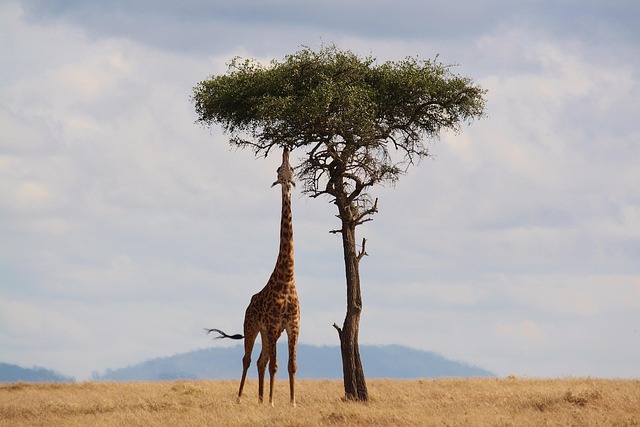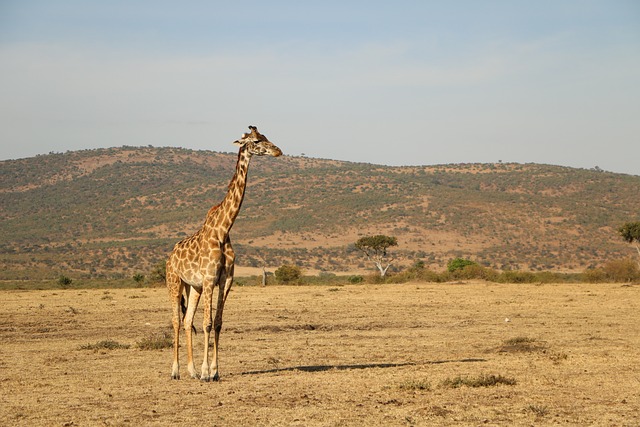The Global Desert Safari offers a culinary journey through traditional Arabian desserts, blending sweet and savory flavors with spices like cardamom, saffron, and rosewater. Emerging from harsh desert conditions, these treats reflect ancient traditions and modern innovations, passed down through generations using slow cooking techniques. Safaris provide a unique blend of cultural immersion, warmth, and entertainment under the stars, creating unforgettable memories while showcasing the region's rich heritage and adaptability in the kitchen.
Discover the enchanting world of traditional Arabian cuisine deserts, where sweet treats meet culinary adventure. From iconic dishes like baklava and lumum to the global phenomenon known as the desert safari, this article takes you on a journey through sand and stars. Explore historical roots, uncover key ingredients, and witness modern twists that make these desserts both culturally significant and deliciously unique. Join us as we delve into the sweet delights shaping Arabian culinary landscapes worldwide.
- Unveiling the Sweet Delights: Iconic Arabian Desert Desserts
- Global Desert Safari: A Culinary Journey Through Sand and Stars
- Historical Roots: Traditional Preparation Methods
- Key Ingredients Shaping the Taste of Arabia
- Modern Twists and Cultural Significance in Desert Cuisine
Unveiling the Sweet Delights: Iconic Arabian Desert Desserts

Unveiling the Sweet Delights: Iconic Arabian Desert Desserts
When embarking on a global desert safari, one cannot overlook the region’s exquisite culinary offerings, particularly its sweet desert treats. These dishes reflect the rich cultural heritage and diverse influences that have shaped traditional Arabian cuisine. From the date-rich lands of the Middle East to the coastal regions, each corner of this vast desert has contributed unique flavors and ingredients, creating a symphony of delectable desserts.
The iconicity of Arabian desert sweets lies in their balance of sweet and savory notes, often featuring rich, aromatic spices such as cardamom, saffron, and rosewater. A popular choice is basma, a delicate rice-based pudding infused with these spices, while luqaimat—deep-fried dough balls soaked in syrup—is another beloved treat, reminiscent of the bustling markets where they are sold. These desserts not only satisfy one’s sweet tooth but also offer a glimpse into the warmth and hospitality of Arabian culture during global desert safaris.
Global Desert Safari: A Culinary Journey Through Sand and Stars

Embark on a captivating journey through the sand and stars with the Global Desert Safari, an immersive culinary experience that takes you to the heart of traditional Arabian cuisine. This unique adventure offers a chance to explore the diverse flavors and rich cultural heritage of deserts around the world. From the rolling dunes of the Middle East to the vast landscapes of North Africa, participants delve into a tapestry of local delicacies, each telling a story of ancient traditions and modern innovations.
The Global Desert Safari is not just about food; it’s a sensory journey. Underneath the twinkling night sky, diners savor the warmth of friendly hospitality, the crackle of lively conversations, and the mesmerizing sounds of traditional music. This isn’t your average culinary experience—it’s an opportunity to connect with nature, immerse yourself in different cultures, and create unforgettable memories.
Historical Roots: Traditional Preparation Methods

Traditional Arabian cuisine deserts have deep historical roots, reflecting the region’s unique cultural heritage and climate. Many iconic desserts originated in the harsh environments of the global desert safari, where resources were scarce and preserving food was essential. Pre-dawn baking sessions and creative use of local ingredients like dates, milk, and honey laid the foundation for these sweet treats.
Preparation methods have remained largely unchanged for centuries, passed down through generations within Arab families. Slow cooking techniques, such as steaming and baking in clay pots, ensure that flavors infuse deeply while textures remain moist and delicate. Handcrafted decorations, often involving intricate geometric patterns or calligraphy, not only enhance the visual appeal but also add to the ceremonial significance of these desserts during special gatherings and celebrations.
Key Ingredients Shaping the Taste of Arabia

The culinary landscape of traditional Arabian cuisine is characterized by a unique blend of flavors and aromas that reflect the region’s diverse cultural influences. Key ingredients shaping the taste of Arabia include dates, known as a staple fruit in the region; honey, often used for its natural sweetness and preservative qualities; and spices such as cardamom, saffron, cinnamon, and nutmeg, which add depth and complexity to dishes. These elements are complemented by aromatic herbs like mint, cilantro, and thyme, enhancing the overall culinary experience.
Global desert safaris offer a glimpse into these flavors, showcasing traditional recipes passed down through generations. From rich rice pilafs infused with spices to creamy yogurts tempered with local herbs, each dish tells a story of adaptability and resilience. The use of fresh, locally sourced ingredients ensures that every bite transports you to the heart of the Arabian Peninsula, where tradition meets innovation in the kitchen.
Modern Twists and Cultural Significance in Desert Cuisine

The traditional Arabian desert cuisine has evolved over time, incorporating modern influences while preserving its rich cultural heritage. Chefs today are experimenting with unique ingredients and presentation techniques, creating innovative desserts that capture both the essence of the past and contemporary tastes. This blend of old and new reflects the dynamic nature of Arab culture, which welcomes global culinary trends while cherishing its own distinct traditions.
Deserts like those experienced on a global desert safari have long been more than just an end to a meal; they symbolize the region’s resilience and resourcefulness. Date-based treats, once staple sustenance in the harsh desert environment, remain prominent, but now feature modern twists like infused syrups and exotic toppings. These adaptations allow for a deeper exploration of flavors while staying true to the cultural significance of each dish, making Arabian desert cuisine a delightful fusion of tradition and innovation.
Arabian cuisine’s desert offerings are not just sweet treats but a reflection of the region’s rich history, cultural diversity, and culinary innovation. From traditional preparation methods to modern twists, these iconic desserts have become a game-changer in global desert safaris. The key ingredients and historical roots intertwine to create a symphony of flavors that resonate with folks worldwide. So, whether you’re navigating through a bustling market or enjoying a starry night under the sand, Arabian desert cuisine is a testament to the indelible soul of this captivating region.
